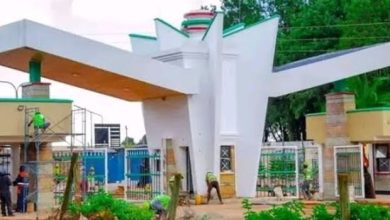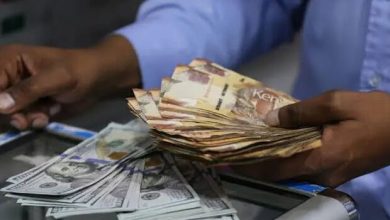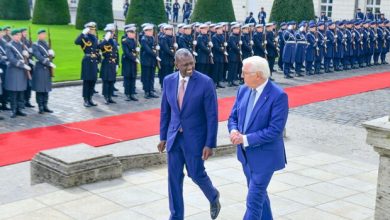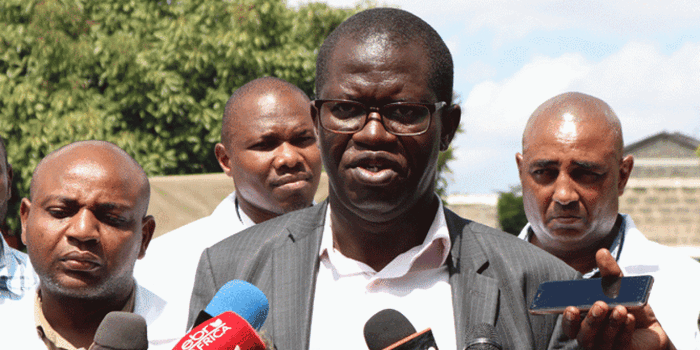YK92: Why Moi Killed Ruto’s Political Springboard
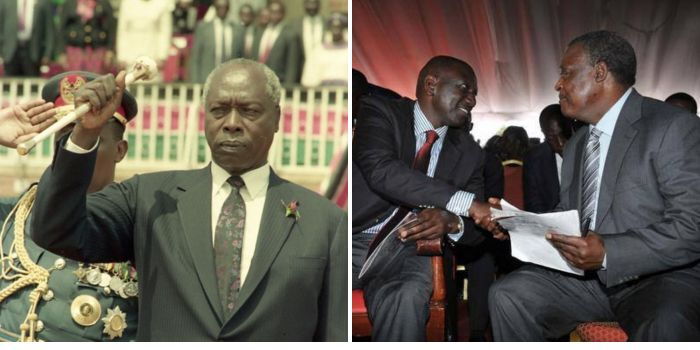
Youth for KANU ’92 (YK’92) was launched in March 1992 as a campaign organisation for President Daniel Moi in the 1992 multi-party elections. President Moi was facing tough opposition from the second liberation when he associated with young professionals like the then YK’92 chairman, Cyrus Jirongo, a 31-year-old, and William Ruto, the then treasurer, who were little-known at the time.
YK’92 was also a public relations exercise. Media coverage focused on the young KANU leaders who were a much-needed injection into the political arena. Their energy made them seem more articulate and credible than the old hardliners and they quickly became obsessions of the press.
The association soon set up campaign groups in most districts and more than 30 smaller organisations were established to campaign for KANU (Kenya African National Union). Vast amounts of money were made available to them for the campaigns an the Ksh500 note, introduced in 1988, would later earn its infamous reputation in this election.
President William Ruto (right) with former late President Daniel Toroitich Arap Moi.
The Standard
All in all, KANU would not have won the election without the aid of young bloods like William Ruto. Like other Kenyan administrations that came after it, the KANU government in 1992 was not immune to internal struggles after they took power.
After the election, KANU tried hard to put out internal tensions brought on by broken promises, power struggles, and the growing confidence of local political bosses who suddenly had actual clout.
The party’s biggest concern was that influential members from swing communities, who for the first time since 1966, might hold the government hostage, would defect. Due to hunger and banditry, KANU had trouble keeping the Somali people loyal. Kenya was still a nation whose elections were conducted along tribal lines.
The KANU leadership also needed to address a few other loose ends. A growing number of people were dissatisfied with the monstrous machine they had constructed at YK 92. Pumped up by the spoils of victory from the election and riding on their newly found fame, YK ’92 was considered a threat by the old guard.
Days after the election, the YK’92 chairman, Cyrus Jirongo, came under fire from insiders within KANU. In response, YK’92 publicly launched an offensive attack on top KANU officials. First in the firing line was the tripartite alliance of loyalist Joseph Kamotho, Moi confidante Nicholas Biwott, and Vice President George Saitoti. The three were largely considered as the deep state within the KANU administration in those days. This alliance held strong and was only disrupted when Raila Odinga and others from his Labour Party joined the party’s top ranks after the 1997 election.
In February 1992, Secretary-General Kamotho demanded that YK’92 be dissolved but Moi first spoke up for the group. This only flared up tensions within the party. It was only a matter of time before the strong man buckled as anti-Moi sentiments were rising within the party.
In April of that year, YK’92 chairman Cyrus Jirongo verbally attacked then-vice-president George Saitoti. It was no longer a secret, the young blood was coming for the top guns. It was the straw that broke the camel’s back. Moi was fed up. He decisively took action and suspended YK’92 operations entirely.
In politics, when it rains it pours and Jirongo and co. were now on the receiving end of the administration’s wrath. They had become political fugitives in a government that owed them its existence.
Within a few months, lawsuits abounded, Jirongo’s companies were put into receivership, and the social housing project was re-awarded to another construction company. Chairman Jirongo was slapped with a hefty Ksh272 million income tax bill. He was ordered to pay within days or risk facing the judicial system.
The move pushed Jirongo to the edge forcing him to plead for forgiveness from KANU top brass publicly. YK’92’s access to government funds and projects was blocked through the removal of some finance managers and banking heads who were sympathetic to the YK’92 cause. YK’92 leadership was spared from judicial criminal proceedings.
Though things would never be the same again for YK’92, the experience and access to funds it offered seemed pivotal for its members. In the upcoming 1997 elections, YK’92 stalwarts Ruto and Jirongo were elected for the first time to parliament. Jirongo hails from Western and William Ruto who is now president hails from Uasin Gishu.
Politician and UDP Party leader Cyrus Jirongo during an interview (undated).
The Standard
